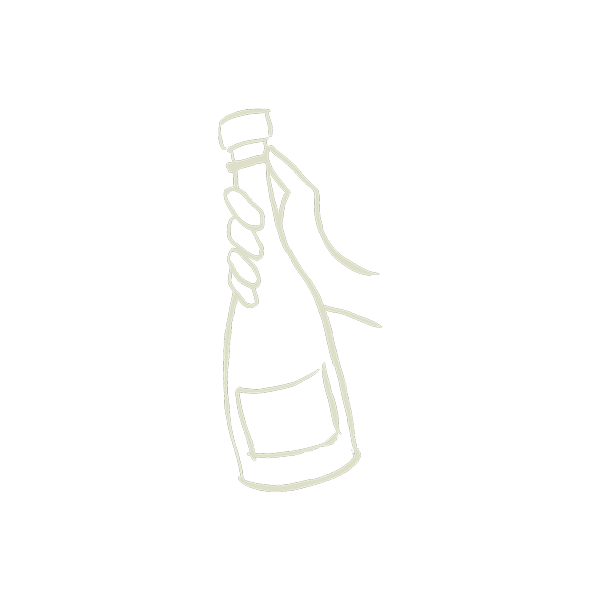Material Things - Aging & Fermentation Vessels of Champagne
Oak. Stainless Steel. Concrete. Clay. Ever wonder what role these materials play in the making of Champagne? What if we told you choosing between them is one of the most important decisions a winemaker makes? Here’s how it works:

At fatcork, we believe that the very best Champagne begins in the vineyard, so we work exclusively with French “vignerons”—those who cultivate their own grapes for winemaking. Once those grapes are picked and pressed, juice flows into a holding vessel to undergo vinification, the process whereby it becomes wine. Next, the winemaker sometimes chooses another vessel in which to age the still wine. Later, the winemaker selects the aged still wine for different batches or cuvées; blends it with reserve wine or other grape varieties; or highlights it as single variety, vintage or plot-specific batch. From start to finish, the winemaker’s choice of vinification and aging vessels—oak, steel, cement or clay—imparts complexity and informs the flavors and aromas of the Champagne. It also allows the winemaker to put a unique stamp on their cuvées. C’est magnifique!
Today, most Champagne vignerons rely on thermostatically controlled stainless steel vats, but there are some experimenting with oak casks or vessels made from cement or clay. In this allocation, we’ll take you behind the scenes of some of those unique winemaking choices and give you the opportunity to explore their impact on the nectarous bubbles in your glass.
Here’s the nitty gritty:

Oak cask at Didier-Ducos
Oak: During fermentation, old Burgundy or other used oak barrels stand up to the high-acid characteristics of Champagne grapes, but they can also be quite temperamental. However, the porous nature of oak allows the wine to breathe, resulting in finesse, subtle nuances, and rich, round and complex aromas.
TRY THIS:
Gimonnet-Oger Fût de Chêne Premier Cru
JeanLuc Gimonnet is the king of chardonnay. This luscious blancs de blancs, from the mineral rich soils of Oger, is vinified and aged in fût de chêne, AKA oak barrels, and aged for over 10 years before disgorgement. This puppy drinks fresh with rich, deep flavors and aromas

Stainless steel vat at Stèphane Regnault
Stainless Steel: Stainless steel vats are a go-to for Champagne production. Not only do they allow for precise temperature management and hands-on control during fermentation, but they also are easy to keep clean and eliminate wine loss due to evaporation. Steel produces flavors and aromas that are austere, pure and clean.
TRY THIS:
Alexandre Lenique Cuvée Excellence
100% chardonnay from the chalky soils of the Côte de Blancs. From the troughs of the press, to the lines that bring the juice to the stainless steel fermentation tank, temperatures are meticulously controlled at extremely low temperatures via glycolic lines. Delicate, fresh and precise.

Concrete egg at Vadin-Plateau
Concrete: Concrete egg-shaped vessels have been used for fermentation and to age wine for thousands of years. Similar to wood, concrete is porous, which allows the wine to breathe, and like stainless steel, it’s a wonderful insulator, allowing more consistent temperature control. Concrete produces supple yet pure aromas, richness and depth of flavor.
TRY THIS:
This 50% chardonnay and 50% pinot noir from two seperate premier cru parcels of Cumières is 100% vinified in concrete ovals. It drinks bone dry, yet is rich in concentrated flavors and aromas. Only 500 bottles made each year!

Clay dolia at Ruppert-Leroy
Clay: Ancient Romans used fired-clay earthenware casks called dolia to ferment and age wine, in part, because they were superior insulators. Although, traditionally, Champagne winemakers have not used clay for making their bubbles, some modern winemakers use and experiment with porous, breathable clay as a means of pulling out acidity and imparting neutral flavors.
TRY THIS:
This cuvée features 100% pinot noir grapes picked on the 1er Jour de Vendages, French for 'the first day of harvest." The still wine is aged in a single clay dolia and only 1,000 bottles per vintage are made.

